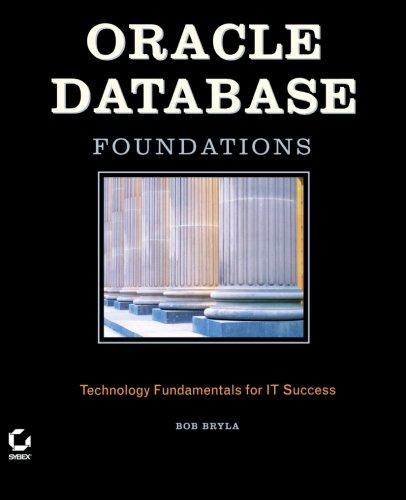Question
Suppose that someone suggests the following way to Alice and Bob to confirm that the two of them are in the possession of the same
Suppose that someone suggests the following way to Alice and Bob to confirm that the two of them are in the possession of the same secret key. (Assume that a third party is tasked with distributing shared keys.) Alice creates a random bit string, representing a random integer, which is of the same length as the secret key. Then she XORs the random string with the key and sends the result over to Bob over an open channel. Bob XORs the incoming message with the secret key, gets some string representing a number, increments it by 1, XORs it with the key he has, and sends back the resulting message back to Alice. Alice checks, and if what she receives is the original random string minus 1, she has verified that Bob has the same secret key. Is there any flaw in this scheme? Explain.
Step by Step Solution
There are 3 Steps involved in it
Step: 1

Get Instant Access to Expert-Tailored Solutions
See step-by-step solutions with expert insights and AI powered tools for academic success
Step: 2

Step: 3

Ace Your Homework with AI
Get the answers you need in no time with our AI-driven, step-by-step assistance
Get Started


